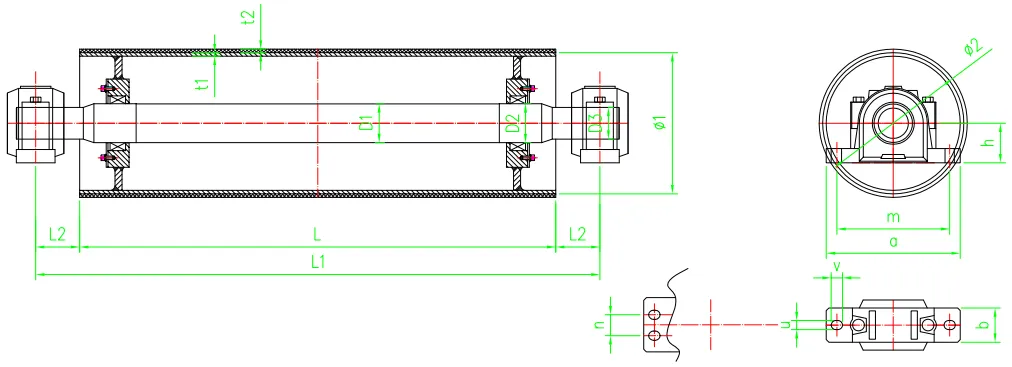 Afrikaans
Afrikaans  Albanian
Albanian  Amharic
Amharic  Arabic
Arabic  Armenian
Armenian  Azerbaijani
Azerbaijani  Basque
Basque  Belarusian
Belarusian  Bengali
Bengali  Bosnian
Bosnian  Bulgarian
Bulgarian  Catalan
Catalan  Cebuano
Cebuano  Corsican
Corsican  Croatian
Croatian  Czech
Czech  Danish
Danish  Dutch
Dutch  English
English  Esperanto
Esperanto  Estonian
Estonian  Finnish
Finnish  French
French  Frisian
Frisian  Galician
Galician  Georgian
Georgian  German
German  Greek
Greek  Gujarati
Gujarati  Haitian Creole
Haitian Creole  hausa
hausa  hawaiian
hawaiian  Hebrew
Hebrew  Hindi
Hindi  Miao
Miao  Hungarian
Hungarian  Icelandic
Icelandic  igbo
igbo  Indonesian
Indonesian  irish
irish  Italian
Italian  Japanese
Japanese  Javanese
Javanese  Kannada
Kannada  kazakh
kazakh  Khmer
Khmer  Rwandese
Rwandese  Korean
Korean  Kurdish
Kurdish  Kyrgyz
Kyrgyz  Lao
Lao  Latin
Latin  Latvian
Latvian  Lithuanian
Lithuanian  Luxembourgish
Luxembourgish  Macedonian
Macedonian  Malgashi
Malgashi  Malay
Malay  Malayalam
Malayalam  Maltese
Maltese  Maori
Maori  Marathi
Marathi  Mongolian
Mongolian  Myanmar
Myanmar  Nepali
Nepali  Norwegian
Norwegian  Norwegian
Norwegian  Occitan
Occitan  Pashto
Pashto  Persian
Persian  Polish
Polish  Portuguese
Portuguese  Punjabi
Punjabi  Romanian
Romanian  Russian
Russian  Samoan
Samoan  Scottish Gaelic
Scottish Gaelic  Serbian
Serbian  Sesotho
Sesotho  Shona
Shona  Sindhi
Sindhi  Sinhala
Sinhala  Slovak
Slovak  Slovenian
Slovenian  Somali
Somali  Spanish
Spanish  Sundanese
Sundanese  Swahili
Swahili  Swedish
Swedish  Tagalog
Tagalog  Tajik
Tajik  Tamil
Tamil  Tatar
Tatar  Telugu
Telugu  Thai
Thai  Turkish
Turkish  Turkmen
Turkmen  Ukrainian
Ukrainian  Urdu
Urdu  Uighur
Uighur  Uzbek
Uzbek  Vietnamese
Vietnamese  Welsh
Welsh  Bantu
Bantu  Yiddish
Yiddish  Yoruba
Yoruba  Zulu
Zulu conveyor snub pulley
Understanding Conveyor Snub Pulleys An Essential Component in Material Handling
Conveyor systems are integral to modern material handling and processing industries, facilitating the efficient movement of goods across various applications. Among the essential components that enhance the performance and reliability of these systems is the conveyor snub pulley. Understanding its function, design, and significance can help engineers and operators optimize their conveyor operations.
A snub pulley, sometimes referred to as a 'snubbing pulley,' is a specialized type of pulley used in conveyor systems. Its primary role is to redirect the belt at a specific angle and tension, which ultimately helps increase the belt’s friction against the drive pulley. By enhancing the belt's grip on the drive pulley, snub pulleys play a critical role in maximizing the efficiency of the conveyor system, ensuring proper tension, and reducing slippage.
Design and Placement
Snub pulleys are typically positioned in close proximity to the drive pulley, forming an angle that helps align the belt appropriately. The design of a snub pulley generally features a robust structure capable of withstanding significant stress while maintaining minimal friction. Various materials may be used for the pulley, with options ranging from steel to more advanced composites, depending on the specific operational requirements.
The angle of the snub pulley is meticulously calculated to achieve the desired tension and friction on the conveyor belt. This angle can vary based on the design of the conveyor system, the type of materials being transported, and the overall length of the conveyor belt. An improperly angled snub pulley could lead to inefficient operation, increased wear and tear, and potential failure of the conveyor system.
Benefits of Using Snub Pulleys
conveyor snub pulley

1. Increased Tension Control One of the most significant advantages of a snub pulley is its ability to enhance tension control in the conveyor belt. Proper tension is essential for minimizing belt sagging and preventing the belt from slipping off the pulleys, thus enhancing the reliability of the system.
2. Improved Take-Up and Length Adjustment Snub pulleys facilitate adjustments in the take-up system of the conveyor. By modifying the tension of the belt, operators can achieve optimal performance without the need for frequent maintenance.
3. Energy Efficiency By ensuring the conveyor belt maintains appropriate tension and contact with the drive pulley, snub pulleys can reduce the overall energy consumption of the system. This contributes to lower operational costs and a reduced carbon footprint, making it a more sustainable choice.
4. Extended Equipment Life Properly functioning snub pulleys can prevent excessive wear on both the belts and the pulleys themselves. This extended equipment life reduces the need for frequent replacements and the associated downtime costs.
Conclusion
In summary, conveyor snub pulleys are vital components of efficient material handling systems. Their ability to enhance belt tension, optimize energy use, and prolong the life of the conveyor translates to improved operational efficiency and cost savings. As industries continue to evolve and demand more sophisticated material handling solutions, the role of snub pulleys becomes increasingly significant. Understanding their function and the principles behind their design will empower operators and engineers to make informed decisions, ultimately contributing to the success of their material handling operations. Investing in high-quality snub pulleys and maintaining them appropriately stands as a best practice for any organization aiming to maximize the performance of its conveyor systems.
-
Revolutionizing Conveyor Reliability with Advanced Rubber Lagging PulleysNewsJul.22,2025
-
Powering Precision and Durability with Expert Manufacturers of Conveyor ComponentsNewsJul.22,2025
-
Optimizing Conveyor Systems with Advanced Conveyor AccessoriesNewsJul.22,2025
-
Maximize Conveyor Efficiency with Quality Conveyor Idler PulleysNewsJul.22,2025
-
Future-Proof Your Conveyor System with High-Performance Polyurethane RollerNewsJul.22,2025
-
Driving Efficiency Forward with Quality Idlers and RollersNewsJul.22,2025





























